Shaping a Fairer Publishing Future: DOAJ’s Diamond OA Spotlight & ALMASI
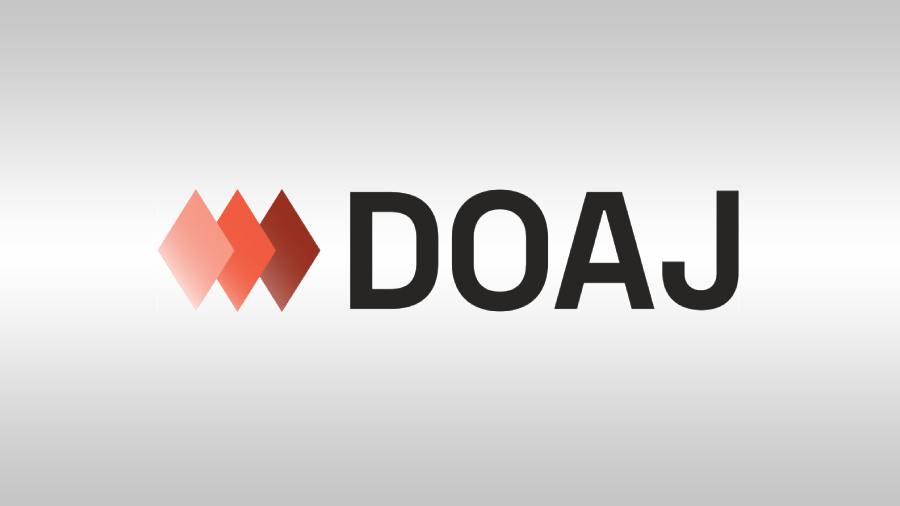
Throughout 2025, the Directory of Open Access Journals (DOAJ) is spotlighting Diamond Open Access (OA): journals that charge neither authors nor readers. These community-driven, fee-free scholarly journals now make up nearly two-thirds of DOAJ’s listings, and this share continues to grow.
DOAJ not only ensures rigorous quality via its listing criteria but also shares its metadata widely across library systems and discovery platforms, amplifying the visibility and trustworthiness of Diamond journals. This increased discoverability is especially crucial for smaller, nonprofit titles that lack the marketing budgets or infrastructure of large commercial publishers, helping them compete on equal footing when it comes to reach and impact.
Collective Brilliance: ALMASI and DOAJ’s Collaborative Role
DOAJ is a key partner in the Horizon Europe–funded ALMASI project (Aligning and Mutualizing Nonprofit OA Publishing Services Internationally), launched in early 2025. This initiative unites organizations across Africa, Europe, and Latin America to build a sustainable scholarly communications infrastructure without author or reader fees.
Key initiatives include:
- Mapping nonprofit publishing services worldwide
- Developing shared quality standards and training resources
- Promoting policies that ensure long-term sustainability
More about ALMASI: EIFL’s project summary.
DOAJ’s data also fuels the project’s Diamond Discovery Hub (DDH), part of the European Diamond Capacity Hub (EDCH), showcasing the breadth of Diamond OA journals in Europe and beyond. By aggregating and standardizing this data, DOAJ and ALMASI make it easier for libraries, researchers, and policymakers to recognize the legitimacy and value of Diamond OA journals, strengthening their credibility globally.
What This Means for Editors & Publishers in Asia
| What It Means | Why It Matters |
|---|---|
| Increased Visibility | Diamond OA journals enjoy rising discovery and trust via DOAJ and DDH. |
| Enhanced Quality Support | Shared standards and training from ALMASI help build capacity for nonprofit journals. |
| Global Capacity Building | Infrastructure and skills development across three continents—an equitable model. |
| Strategic Inspiration | Asia-based journals can adapt similar initiatives, with ACSE playing an enabling role. |
For Asia, where many journals struggle with resource constraints and pressure from commercial APC models, Diamond OA provides a realistic path to sustainability without compromising inclusivity. By aligning with initiatives like ALMASI, Asian publishers can access both technical guidance and moral support, while adapting global standards to regional contexts.
Editorial Insight: Taking the Diamond Road Together
Diamond OA challenges the article processing charge (APC), centric model, aligning instead with principles of equity and ethics in publishing. This model resonates strongly with the idea that knowledge is a public good, ensuring that both authors and readers, regardless of geography or income, have equal access.
Action steps for ACSE members:
- Encourage regional journals to pursue DOAJ indexing
- Explore cross-regional collaborations to scale and increase visibility
- Integrate global frameworks into editorial strategy
- Develop localized training programs for editors and reviewers, using ALMASI’s resources as a foundation
This is our chance to elevate community-led journals, from visibility to infrastructure. ACSE can highlight case studies, regional initiatives, and success stories in future Editor’s Café posts.
Let’s Shine as One
DOAJ’s Diamond spotlight and ALMASI’s global efforts signal a shift toward democratized, inclusive scholarly publishing. Yet, the true impact will come when local journals and editors embrace these models and share their own experiences.
- What stories from your journals could benefit from Diamond OA exposure?
- Have you encountered comparable initiatives in Asia?
The more we document and share these efforts, the more resilient and equitable the publishing ecosystem will become. Diamond OA is not only a model of fairness, it is also a reminder that collective action can transform systemic inequalities in scholarly communication.
Let’s share, learn, and collaborate, because inclusive, ethical publishing is a means of collective empowerment.
Keywords
Diamond Open Access DOAJ ALMASI project nonprofit publishing scholarly publishing APC-free model community-led journals equitable publishing Diamond Discovery Hub global collaboration Asia-based journals ACSE training for editors publishing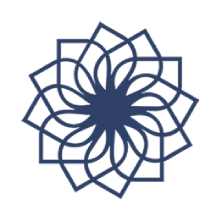
Editor’s Brew delivers fresh updates, community highlights, and editorial insights on behalf of ACSE. These posts represent the “daily blend” of news, initiatives, and collective wisdom from across the scholarly publishing community.
View All Posts by Editor's BrewDisclaimer
The views and opinions expressed in this article are those of the author(s) and do not necessarily reflect the official policy or position of their affiliated institutions, the Asian Council of Science Editors (ACSE), or the Editor’s Café editorial team.

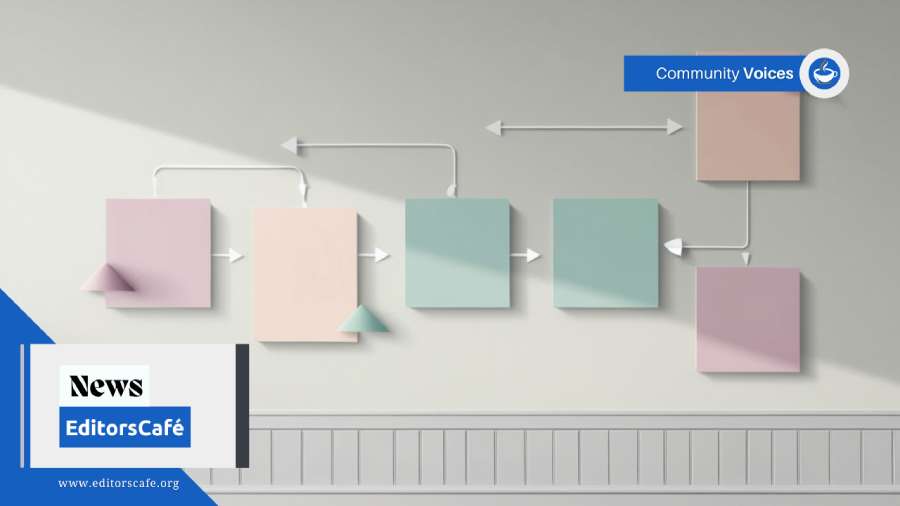
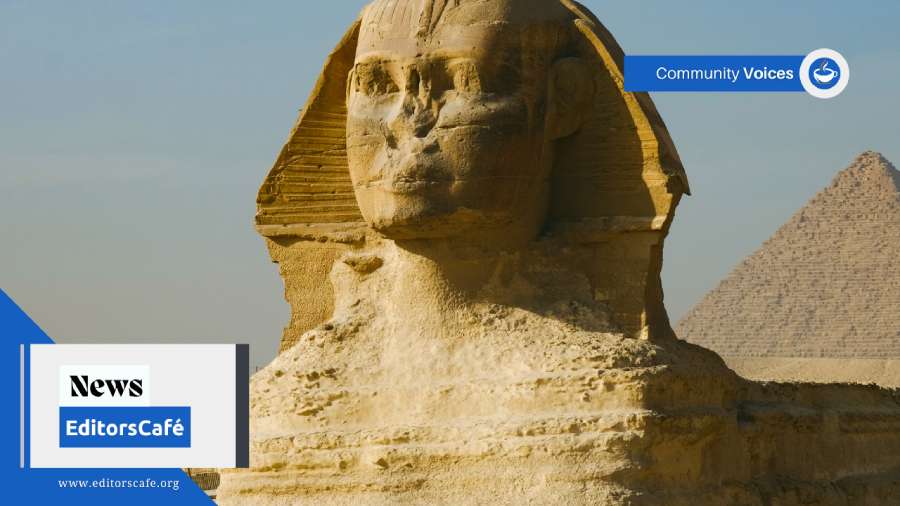
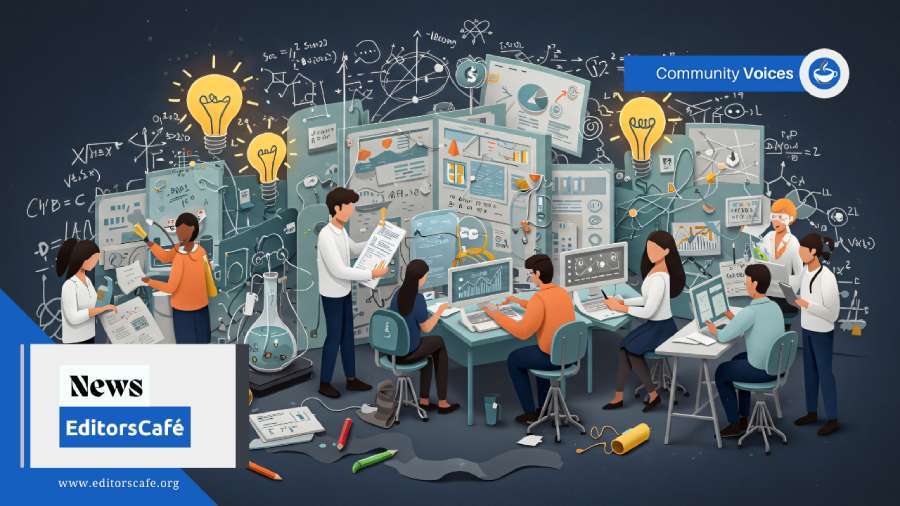
Ekarika Johnson
15 September, 2025This is a very insightful write-up. Kudos.
Please I want to ask - How can our local journals acquire DOAJ indexing?